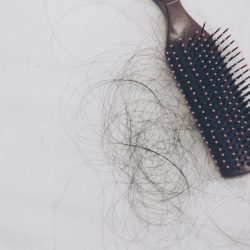SingaporeMotherhood | Parenting
June 2021
The Best Ways to Reduce your Child’s Myopia Risk, and Manage their Screen Time
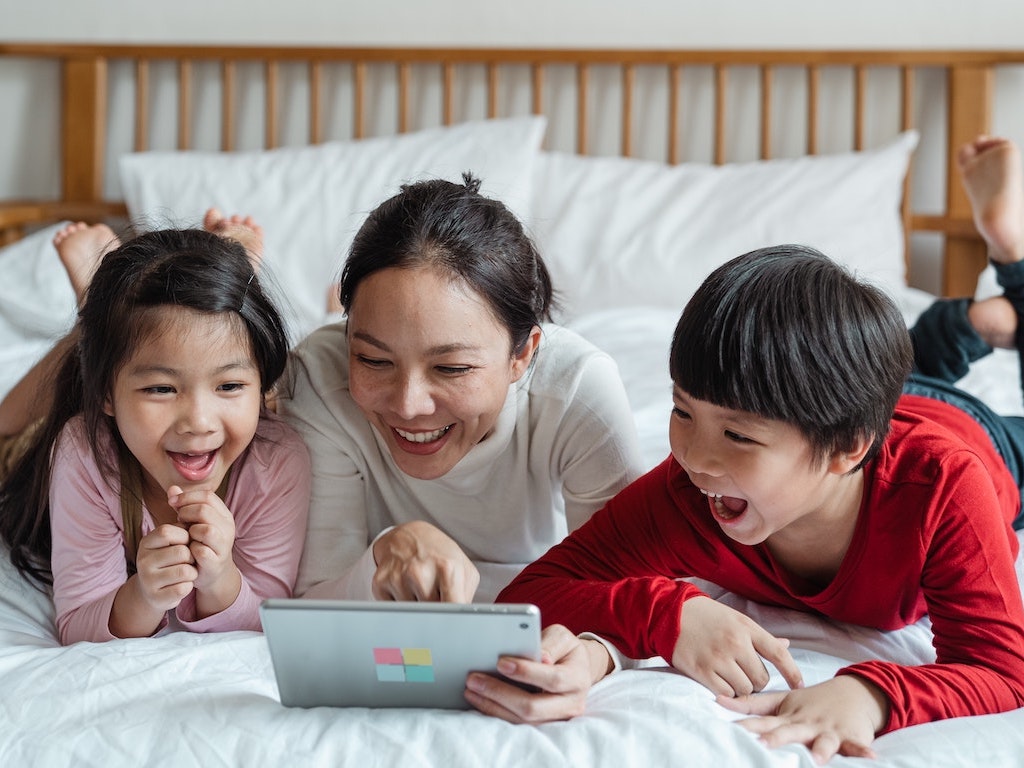
Singapore has one of the highest rates of myopia in the world. 65% of our children short-sighted by the time they are in Primary 61. Surprised? Don’t be. This is part of a global epidemic of myopia in children, with kids as young as preschoolers developing the condition.
Here, children typically develop myopia at around seven to nine years old. Myopia then progresses during their primary school years until their late teens or early adulthood years2.
Children who get myopia at a younger age have a higher risk of developing high myopia, which may lead to blinding eye conditions later in life3. Recent research has shown that too much screen time may be associated with an increased risk of myopia4. Hence, with more children spending more time on devices, and developing myopia from a younger age as well, myopia seems to be set on a meteoric rise.
So what you can do to help prevent, and manage myopia in your children?
1. Get them out, and active

Too much time on ‘near work’ (reading, writing, using smartphones and tablets) may cause myopia and other conditions such as dry eye and eye strain. The solution? Get out and move around! Sunshine and nature are FREE, and are the best ‘ingredients’ to help kids maintain good eye health, say experts. In fact, they recommend that children spend at least two hours playing outdoors every day.
Sunlight forces our eyes to “flex their muscles”5 as they work to focus on faraway objects. It also stimulates our body to produce a substance called dopamine, which helps prevent the eyes from growing longer6.
Emerging research also shows that children who are physically active have a lower risk of developing myopia, compared to those who are not7. Hence, when children spend sufficient time outdoors and keep active, their risk of developing myopia also decreases8.
2. Go for regular eye check-ups
Waiting till your child gets a letter from the school clinic to go for an eye check-up is not ideal. Instead, your child should have regular eye check-ups from birth during paediatric assessments to check for common childhood eye conditions such as crossed eyes, lazy eye, and myopia.
As they enter primary school, your child should have a thorough eye check-up every one to two years, as well as when they are being fitted for spectacles. Going for regular eye check-ups ensures that any eye condition that may affect your child is detected and managed early, and not progress rapidly, leading to more serious eye problems.
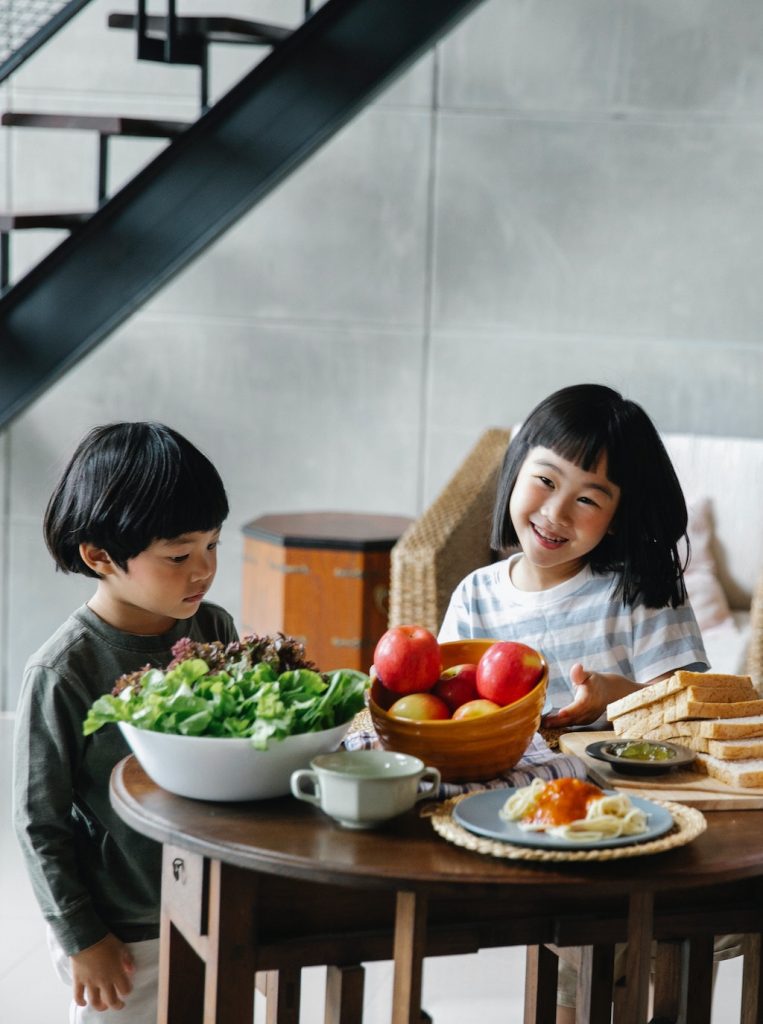
3. Feed them eye-healthy foods
It’s been said that you are what you eat, but did you know that what you eat can also affect how you see? Some studies suggest that consuming a diet rich in certain nutrients may help protect your child from vision loss. These include antioxidant vitamins (A, C, and E), and minerals like Zinc.
Fruits and vegetables, especially yellow and orange varieties and leafy greens, egg yolks, coldwater fish, flaxseed, and walnuts are all sources of eye healthy nutrients as well9.
(See also: 5 Fabulous Fermented Foods for a Healthy Gut and Better Immunity)
4. Instil good device usage behaviours
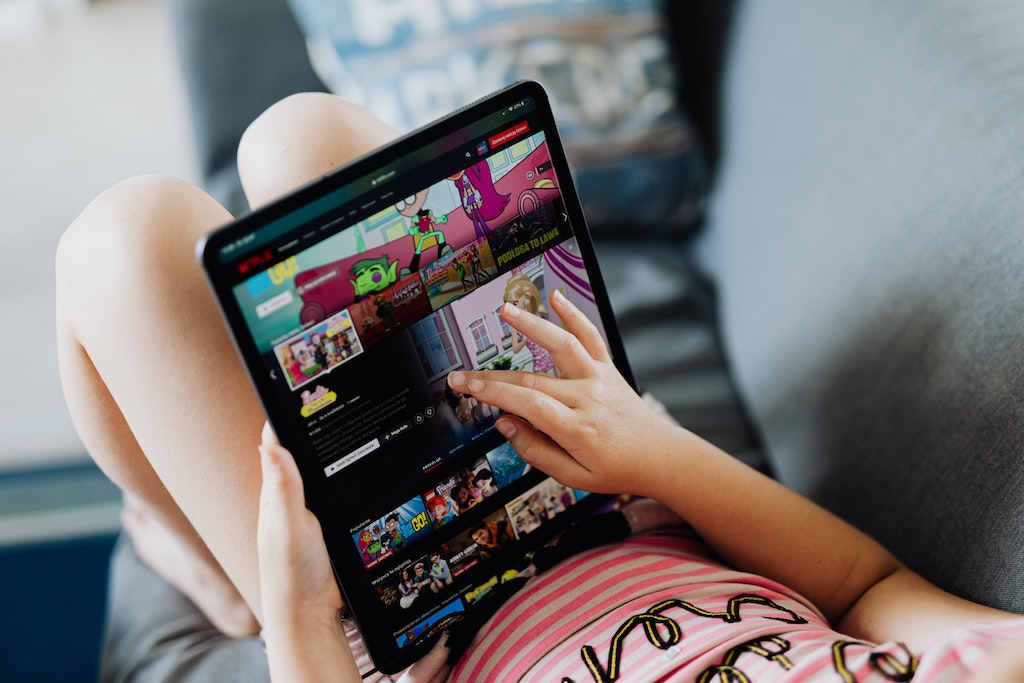
Apart from ensuring that your children stick to their screen time limits when using devices, you should also encourage them to
- watch their posture (straight, instead of bent over with a C-spine)
- take regular eye breaks (at least once every 30 minutes), and
- maintain a good face-to-screen distance (at least 30cm between the eyes and their mobile device screens)
5. Use the planoApp
planoApp is the world’s only science-based parental control app that helps parents manage their children’s screen time, ensures that they are using their devices in a healthy way, and monitors their eye health.
Supported by the Singapore Eye Research Institute, Singapore National Eye Centre, and a partner of the National Myopia Prevention Program, Plano aims to tackle the global myopia epidemic and helps parents keep their children safe online, and their eyes healthy.
How Plano can help you as a parent
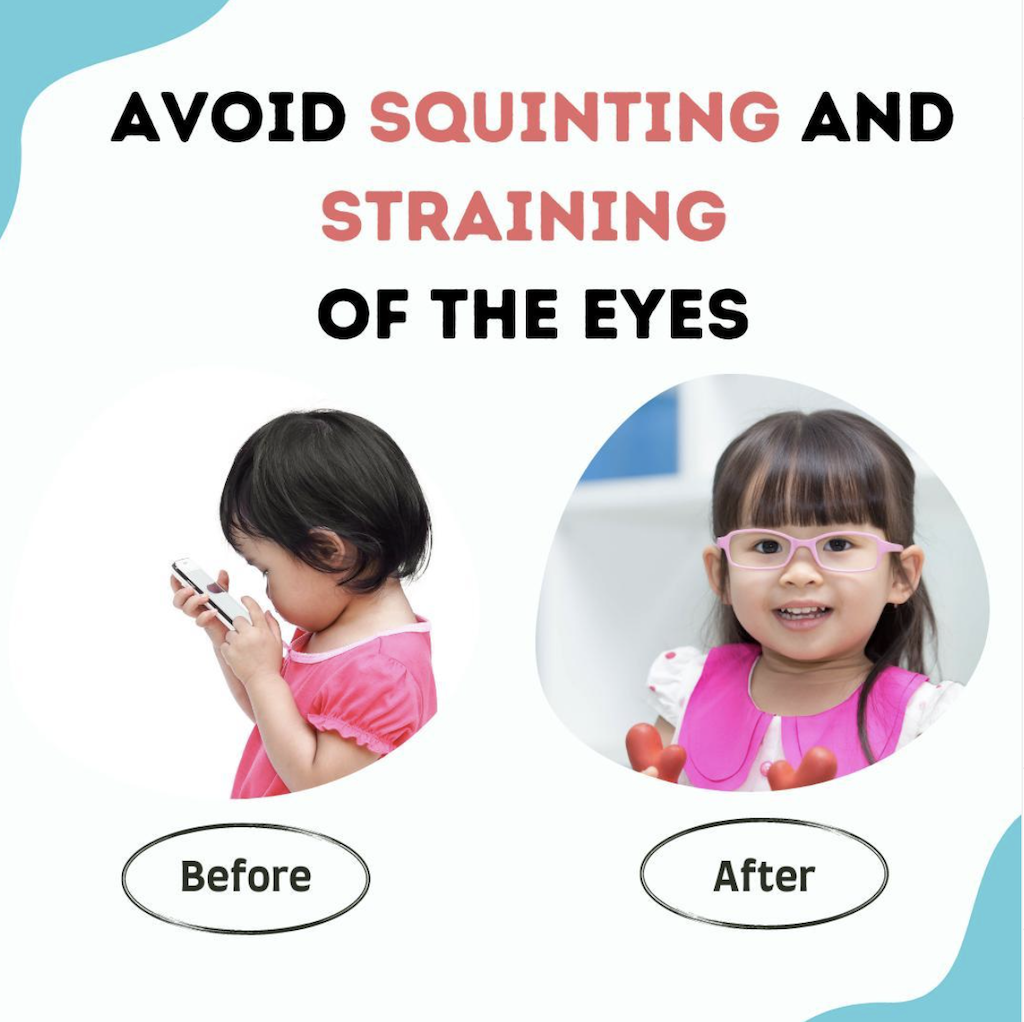
As parents we want our children to grow up with the best opportunities that life can offer. Plano enables us to fulfil this goal by helping us keep our children’s eyes healthy in this increasingly digitised world.
The high dependency of digital devices has increased the risk of myopia in children. Additionally, with school lessons and activities moving online during this COVID-19 pandemic, keeping our children’s eyes healthy has become even more challenging.
This is where plano’s technological solutions, which are designed to help parents keep their children’s eyes healthy, come in.
(See also: 4 Inspirational Mums (and Their Kids) Who Champion Brilliant Causes)
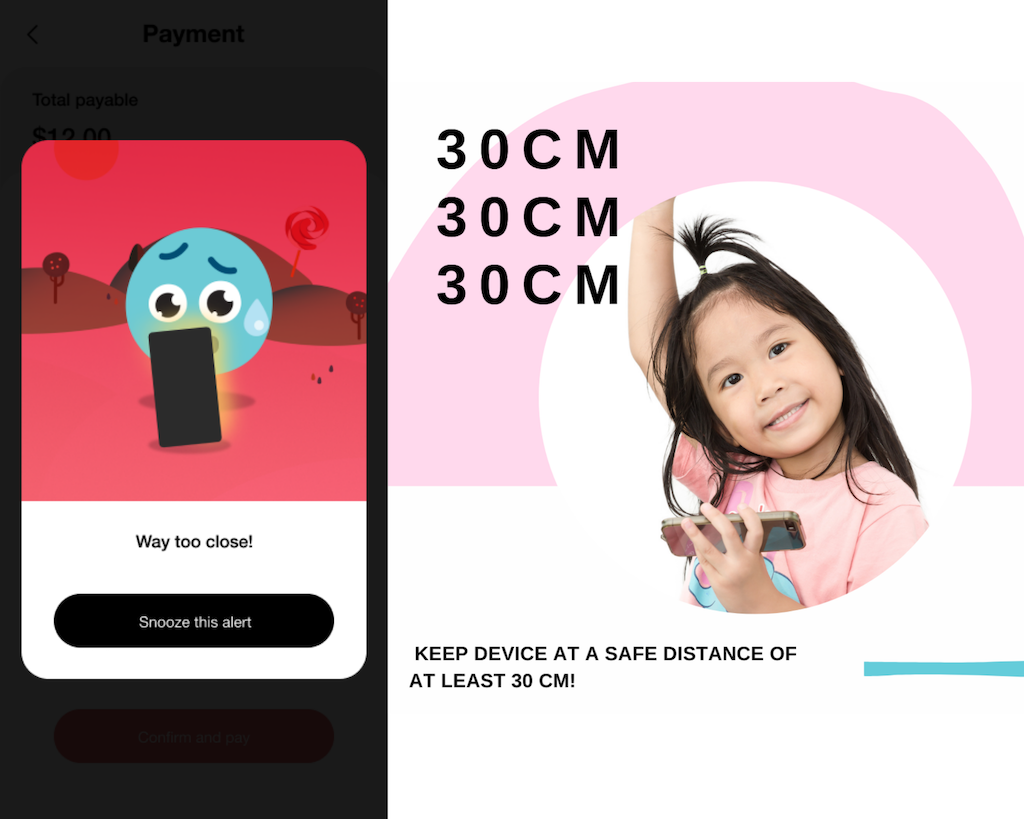
planoApp
planoApp is an innovative, science-based parental control app that empowers children to safely use their smart devices while mitigating the risk factors for myopia. The app has several functions and features, which include:
- Safe face-to-screen distance detection
- Eye break reminders
- Poor posture detection
- Low light detection
- Spectacles reminders
- Remote device lock
- Schedule no device use time
- App & browser blocking
- Safe zone (track location)
- Points-reward system
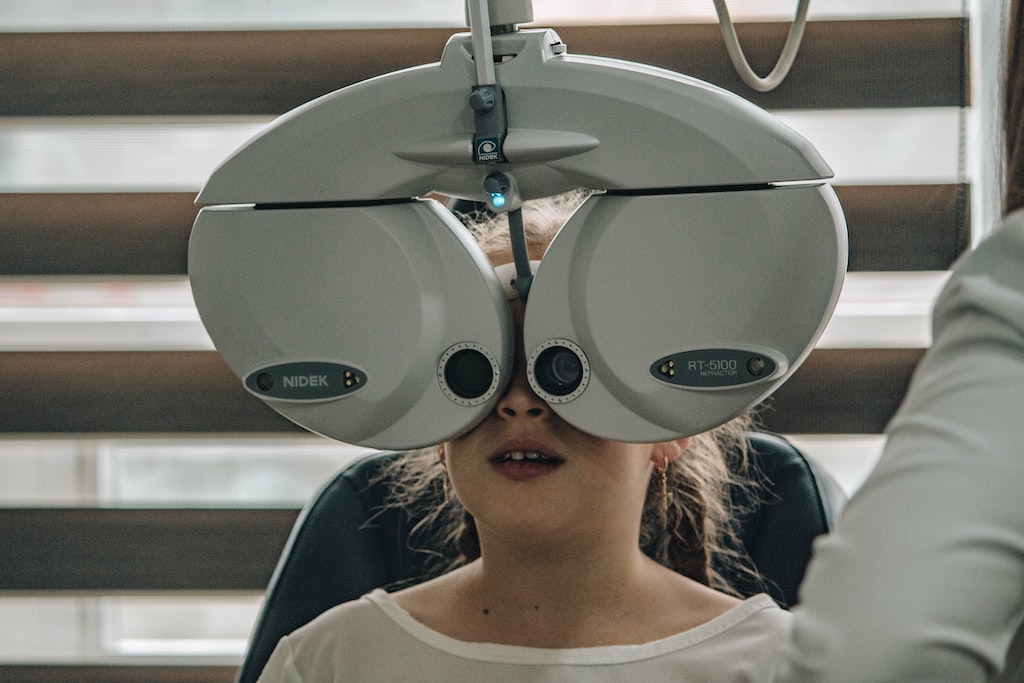
planoEyecheck
planoEyecheck is an online web platform that is also available within the planoApp where parents can locate their preferred optometrists that specialise in children’s eye care, and make eye check bookings for themselves and their children. Regular eye checks are important as they can help:
- Detect and manage potential vision and eye problems early
- Prevent vision loss or even blindness
- Avoid future costs related to severe eye diseases
- Achieve better quality of life though clear vision
What parents say about planoApp
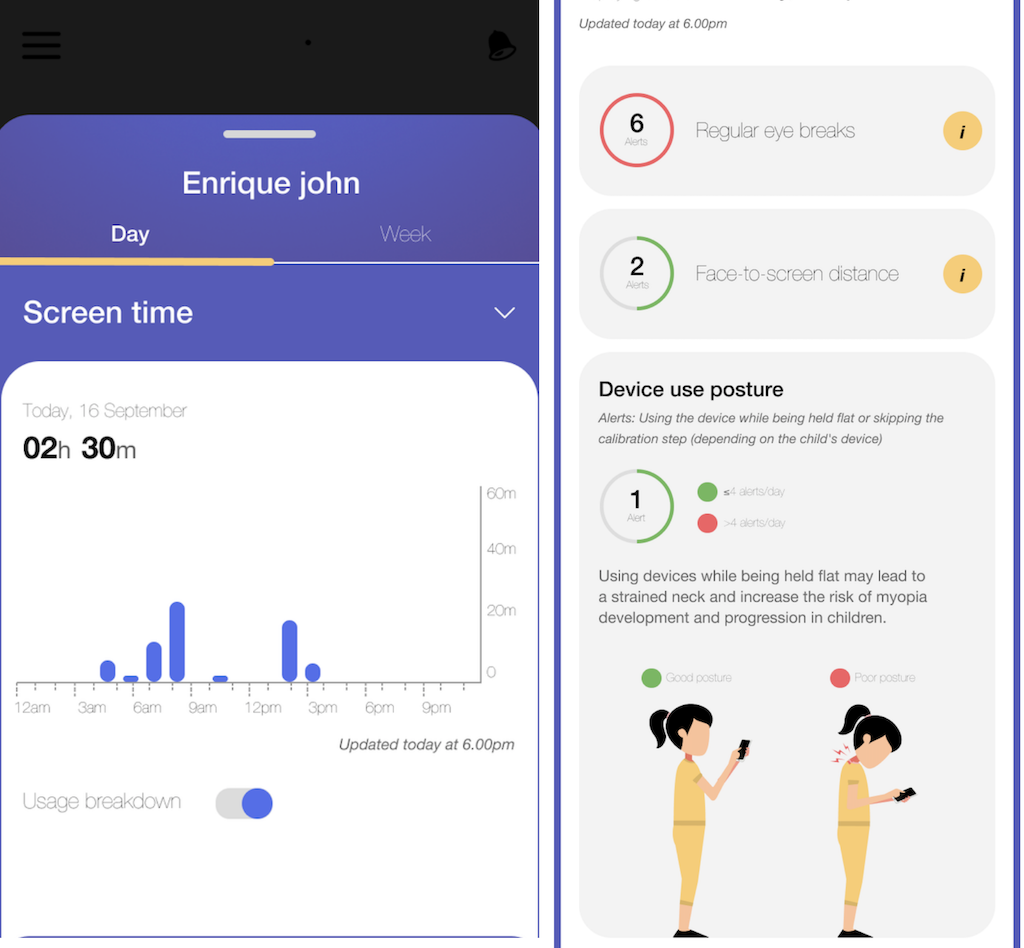
“The app was good with constant reminders, and lockdown time. There were pop-up window messages to remind my child to wear glasses, turn on the light, and put the phone 30cm away from his face. And when screen time exceeded the timeframe I set, the phone was “locked down”. These are good reminders for adults too.”
“The app worked well and I was able to see the breakdown of usage and number of alerts triggered. What I dislike is that the app will prompt my son that there is a reward to check out. This encourages him to pick up the phone, when the objective should be the opposite.”
“Children that exercise healthy screen time usage can collect points to exchange for rewards. This is appealing to younger children, and the items in the planoShop are attractive.”
“I like the function of “booking an eye check appointment”, which offers convenience and ease of locating one near my home or my current location. However, I would also like to see reviews of the clinics and the doctors in the app.”
“This could potentially be a good way to monitor my daughter’s mobile phone usage. However, she can easily ignore any pop-up reminder, and carry on. This may cost this app its efficacy. What’s nice is that through the app, I realised that my girl doesn’t use her phone as much as I had suspected!”
(See also: 10 Crucial Online Safety Tips for Kids and Parents)
:: GIVEAWAY! ::
Be the first 50 to participate in the Plano quiz to win a 1-year subscription to planoApp (worth $29.90) + a book from The Plano Adventures series worth $12! Click here to win!
Closing date: 12pm, 15 June 2021. Singapore entries only.
Sources:
- Speech by Dr Lam Pin Min, Senior Minister of State for Health, at the opening of the Singapore National Eye Centre’s Myopia Centre
- Being outdoors 2 hours a day keeps myopia away, but some Singapore parents say ‘no way’
- Being outdoors 2 hours a day keeps myopia away, but some Singapore parents say ‘no way’
- From reading books to increased smart device screen time
- How the Great Outdoors Improves your Vision
- The benefit of daylight for our eyesight
- Outdoor Jogging and Myopia Progression in School Children From Rural Beijing: The Beijing Children Eye Study
- Outdoor activity during class recess reduces myopia onset and progression in school children
- Top foods to help protect your vision
Featured image: Ketut Subiyanto from Pexels
No kids, devices, or screens were harmed in the making of this sponsored post.
All content from this article, including images, cannot be reproduced without credits or written permission from SingaporeMotherhood.
Follow us on Facebook, Instagram, and Telegram for the latest article and promotion updates.





